
Playable ads are a type of advertisement that allows users to engage with a short demo of a game or app before downloading it or interacting with a banner instead of just clicking on it.
They are not limited to game or app advertising, for example, you can add a price range to banner and users can choose their budget for choosing product. look at this simple interactive banner:
This blog discusses everything about playable advertisements, from their advantages and classifications to guidance on how to make them more successful.
Definition of Playable Ads
One kind of interactive advertising that lets consumers experience a section of a beneficial app or game before they buy it is playable advertising. It offers a quick taste of the look of the application so that consumers may decide whether to buy or install it. Companies find this type of advertisement profitable, and consumers find it highly engaging.
Why should we even utilize playable ads?
- Playable advertisements stand out more among the numerous commercials we encounter every day. This enhances the advertisement beyond mere “Take a Look,” enabling the viewer to engage actively with the product.
- Users who try your software and show interest increase the likelihood of purchase or installation.
- These ads not only attract users but also help them learn. Analyzing a customer’s interests or confusion while watching an ad can tell a lot about their experience.
Types of Playable Ads
Playable ads can be categorized into five types:
HTML5 and JS Playable Ads
Simple HTML5 banners let viewers interact with the product, game, or app within the ad. These ads give viewers a brief, engaging experience with games, software features, and usage instructions.
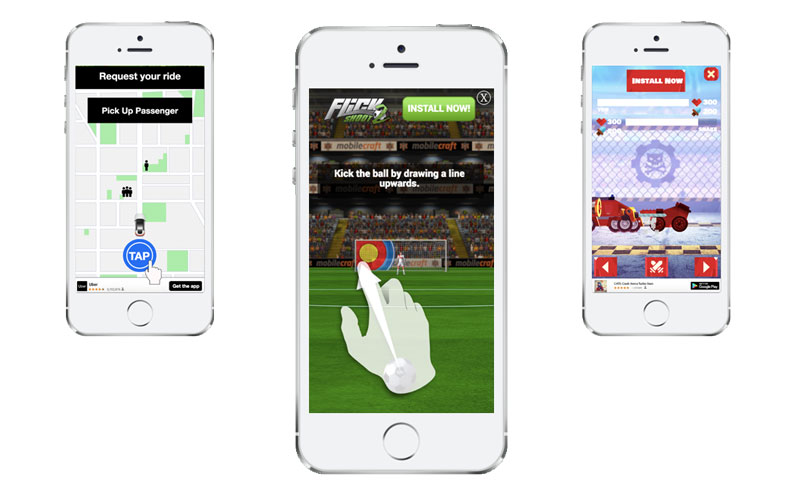
Interactive and multimedia features of HTML5 allow advertising to give consumers a comprehensive experience. HTML5 playable ads immerse consumers in the product, unlike image or video commercials.
What are the reasons for the success of HTML5 playable advertisements?
- Cross-Platform Compatibility: HTML5 ads work seamlessly across devices and browsers, ensuring a wider audience reach.
- Interactivity: These ads allow users to interact, play, and explore, making the experience more engaging and memorable.
- Lightweight and Fast: HTML5 ads load quickly, providing a smooth experience without delays that might frustrate users.
- No Additional Plugins: They don’t require Flash or other plugins, ensuring easy accessibility and usability.
- Customizable and Scalable: HTML5 enables dynamic and creative designs, tailored to different campaigns and audiences.
- Rich Media Support: HTML5 supports animations, audio, video, and interactive elements, allowing for immersive storytelling.
- Actionable Data Insights: Advertisers can track user interactions within the ad to optimize performance and refine strategies.
Interactive Video Ads
Interactive video refers to digital advertising that allows viewers to interact with it. While watching the movie, consumers can interact with it by clicking, picking, dragging and dropping, and filling out forms. Compare this to traditional video ads, which people just watch.
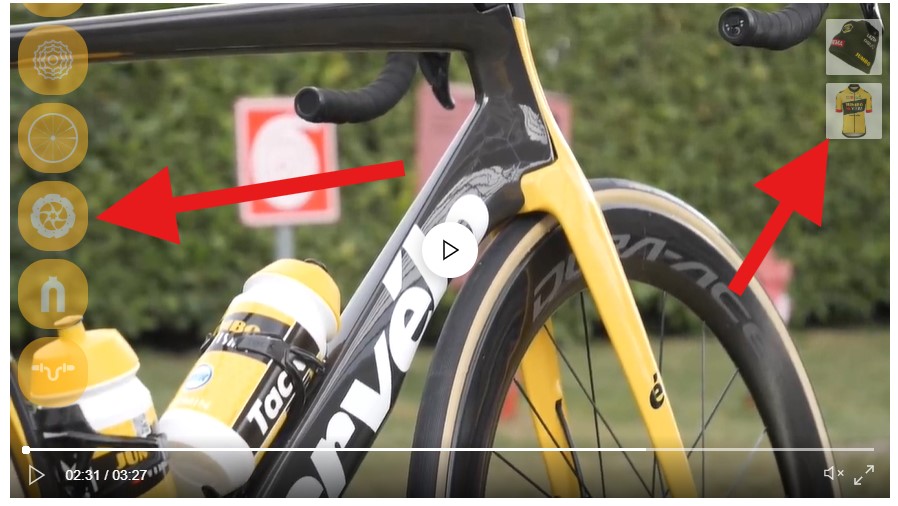
Traditional video ads are passive—viewers just watch without interaction. In contrast, interactive videos let users click, drag, or make choices, turning them into active participants. This hands-on experience boosts engagement and makes the ad more memorable, often leading to higher conversions.
Advergames
Advergames are video games that promote a brand, product, or service. This name combines “advertising” with “games,” reflecting the game’s twin objective of entertaining users and promoting the business. Advertising games engage and interact with people to deliver the brand message in a fun way, unlike traditional advertising. “Pepsi Man” is one of the oldest Advergames.
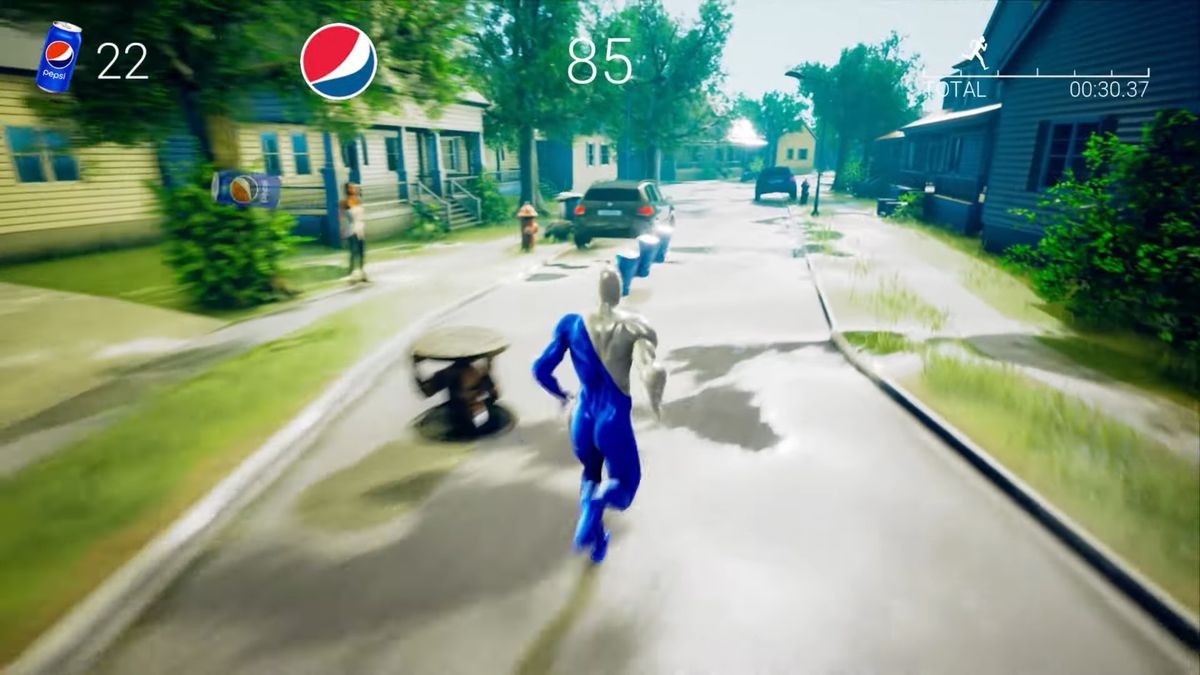
What are the reasons for the success of advertisement games?
- Engaging and Fun: Advergames create an enjoyable experience, making users more receptive to the brand message.
- Longer Interaction Time: Players spend more time engaging with the game, leading to higher brand exposure.
- Emotional Connection: Fun and interactive gameplay helps build a positive association with the brand.
- Viral Potential: Shareable games encourage users to invite others, increasing organic reach and brand visibility.
- Memorability: Games leave a stronger impression compared to traditional ads, enhancing brand recall.
- Targeted Marketing: Advergames can be designed to appeal to specific audiences, ensuring relevance.
- Data Collection: They allow brands to gather insights on user behavior, preferences, and engagement patterns.
- Product Integration: Games seamlessly incorporate the brand or product into the gameplay, making advertising feel natural.
- Boosts Brand Loyalty: A fun experience fosters goodwill and repeat engagement with the brand.
Playable Banner Ads
Playable banner advertisements combine banners with playable advertisements to let viewers immediately experience a section of an app or game in a tiny interactive area. Interactive and gaming banner ads engage consumers in an enticing experience instead of passive viewing.
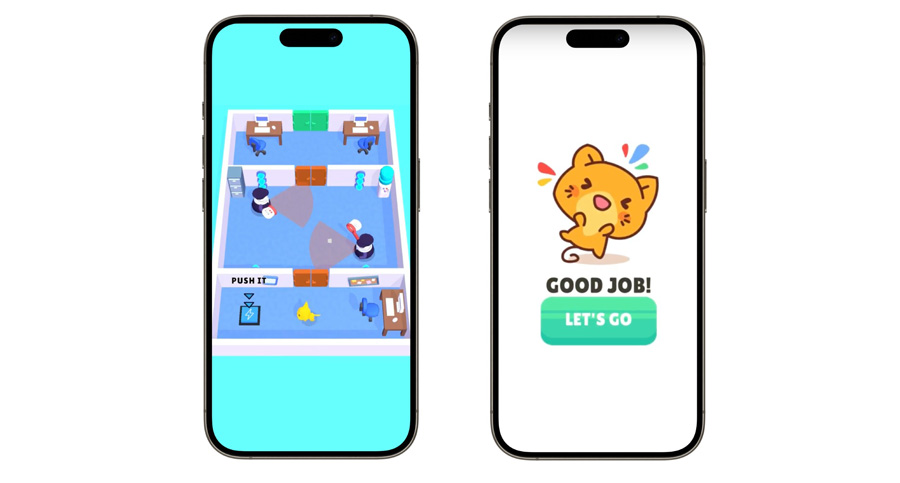
Rewarded Playable ads
Rewarded playable ads let consumers earn a prize by playing a brief game or engaging with the ad. Rewards might be in-game points, special features, or product discounts.
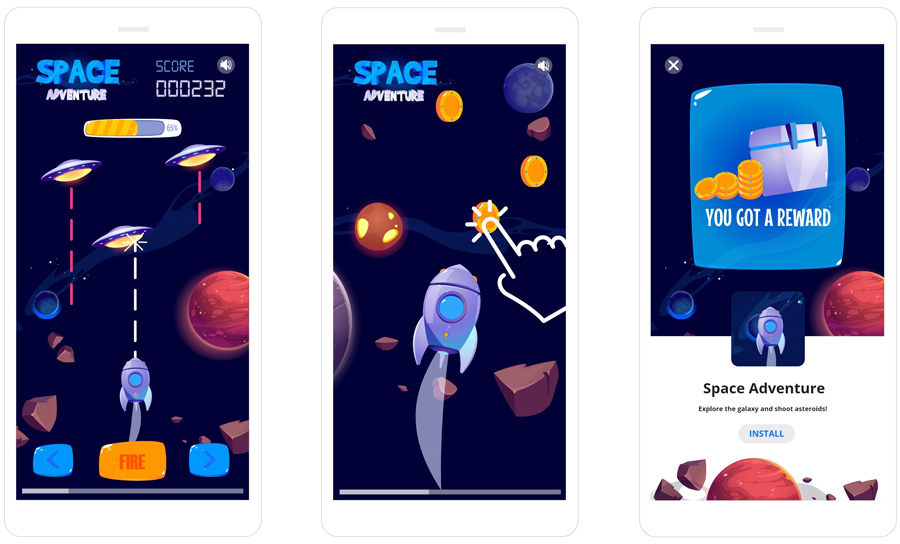
This “reward versus interaction” advertising provides people with something valuable in exchange for their time and interaction. This draws users and boosts brand engagement and conversion.
How do playable ads work?
Users can interact with and try out an app or game before they decide to download it through playable ads. Usually, these ads start with a short introduction or tutorial, then show a small version of the app or game that users can try out right in the ad. This interactive format allows users to explore features, complete a challenge, or test gameplay, giving them a clear idea of what to expect. If they enjoy the experience, they can click a call-to-action (like “Download Now”) to install the app, creating a seamless and engaging user journey.
How Playable Ads Engage Users
Users are interested in playable ads because they let them try out a mini-version of an app or game right away. People are interested in the full product because they can interact with it and feel like they are a part of it. These ads make it fun and enjoyable for people to try out the app’s value before committing. This increases interest and the chance that people will download it.
The Mechanics of Playable Ads
Playable ads function by displaying an interactive mini-version of an app or game within the ad.
Most of the time, these ads start with a short introduction or tutorial, then show something that can be played, like a quick level of a game or a sneak peek at an app’s features. Users see a clear call to action (like “Download Now”) after interacting, which lets them install the app without any problems. This process combines interactivity, user engagement, and conversion in a streamlined way.
How to Make Playable Ads
Creating playable ads involves designing and developing an interactive content.
The technology used to create playable ads varies depending on the platform or medium where the ads will be displayed. Each platform has its own specifications and requirements, which influence the design, development, and deployment process of these interactive advertisements.
If your goal is to display the ad on websites and the campaign execution platform supports playable ads, the most effective approach is to start by designing the visual layout using professional tools like Figma. Once the design is finalized, it can be translated into code to ensure seamless functionality across different devices and browsers. This step-by-step process ensures that the ad is both visually appealing and technically robust.
After the development phase, you can integrate the ad script into the advertising platform or manually embed it into the websites where the ad will be displayed. Many modern advertising platforms provide user-friendly interfaces and tools to simplify this process, making it easier for marketers to deploy campaigns without extensive technical knowledge.
For those looking for a more streamlined solution, some advertising platforms offer pre-built, cost-effective options for creating playable ads. These ready-made solutions can save time and resources, allowing you to focus on strategy and campaign optimization rather than getting bogged down in design and coding details.
However, suppose your goal is to create a highly creative, unique, and engaging game-based ad. In that case, it’s advisable to collaborate with specialized teams or agencies that have deep expertise in this area. These professionals can bring your vision to life, ensuring that the ad stands out and delivers a memorable experience to users.
Dream Farm Agency, for instance, is a trusted partner that handles the entire process of creating and deploying playable ads—from concept development and design to coding, testing, and execution. With their expertise, you can achieve high-quality results that align with your campaign goals and resonate with your target audience.
We also have experience in creating games and gamified advertising campaigns.
Contact us today to make your next ads playable!

HosseinDigital Marketing Expert
Negar



